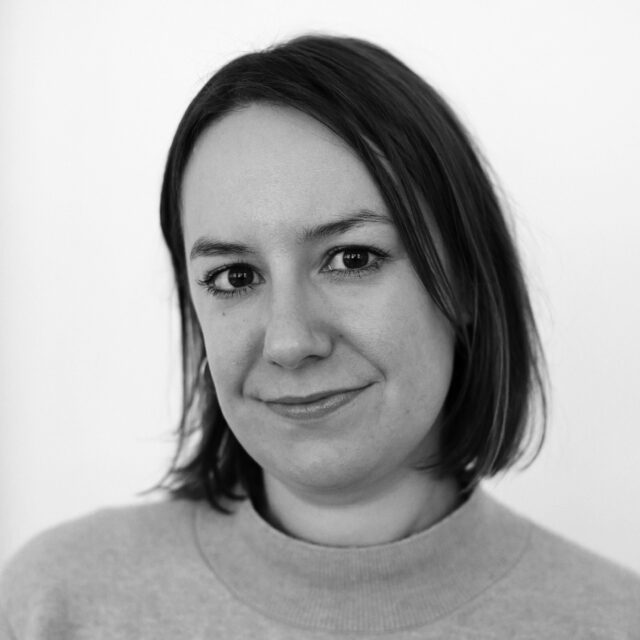Post Growth: Taking Root
“Anyone who believes that exponential growth can go on forever in a finite world is either a madman or an economist”—Kenneth Boulding, quoted in Prosperity without Growth: Foundations for the Economy of Tomorrow1

Chloe Stead is an art critic and editor based in Berlin. Her writing has been featured in publications such as Artnet, Art Agenda, Frieze, Spike, and Mousse Magazine.
There are few childhood memories that I cherish more than the family summer holidays we spent in Aldeburgh, a small, picturesque coastal town in the Southeast of England. Aside from the pebble beaches and the pastel-coloured houses, what I remember most clearly is the patch of wall in my great aunt’s house that measured our cousins’ heights by age, which, each summer, my brother and I would add our own shaky pencil lines to before standing back to marvel at how much we’d grown.
As children, our developing bodies offer the tantalising prospect of independence, of becoming the “big boys and girls,” we so desperately wish to be. When we reach adulthood, we continue to quantify our lives through this prism, but instead of focusing on our own biology, we project outwards, measuring success through the growth of our families, our bank accounts, our businesses, and our homes. On a global scale, the prosperity of whole countries is measured by the increase of their GDP. But as the world’s economies grow, so does the gap between rich and poor. In the first three-and-a-half months of 2020, Amazon CEO Jeff Bezos earned more than the GDP of Honduras,2 making his net worth more than GDP of Iceland, Afghanistan and Costa Rica combined.3
It’s clear by now that this “fetishization and externalisation of growth,”4 to quote the author Valerie Olson, has also had a catastrophic effect on our environment. It’s equally clear that a massive paradigm shift will is going to be needed to combat the deep-seated belief—which has been entrenched by decades of post-World War II economic policies—that growth is “the equivalence of life,” and “not to grow is equivalence of death.”5 This is where artists of all varieties—filmmakers, sculptors, writers, photographers, chefs—can help. Facts have limited sway; it’s only through “telling stories in new ways,” according to academic Geoffrey Bowker, that we can “induce people to see the world differently.”6
“It’s equally clear that a massive paradigm shift will be needed to combat the deep-seated belief—which has been entrenched by decades of post-World War II economic policies—that growth is ‘the equivalence of life,’ and ‘not to grow is equivalence of death.’”
Both Olson and Bower are part of a new series of videos by the “artist-led action-research” collective DISNOVATION.ORG (in collaboration with Clemence Seurat), which are currently on display in their solo exhibition, “Post Growth,“ at iMAL in Brussels. Collected together under the title Post Growth Toolkits these short interviews act as the conceptual framework for a group of artworks by the French collective that question our society’s obsession with fossil fuel-powered growth and offer possibilities for change. Over the next few months, this dossier, entitled Life … After the Crash, will tease out some of Post Growth’s central concerns, mixing relevant external videos, links, and quotes with original mini essays and Q&As pertinent to the exhibition. Topics will include, growth and kinship, growth and indigenous knowledge, growth and energy, as well as growth and happiness. An art critic by trade, I am by no means an expert on these issues, but my hope is that we can all learn about them together. After all, as the specialists themselves would admit, for these radical ideas to be of any use, they need to break out of academia and take root in the minds of ordinary people.
Post Growth
Life, After the CrashExplore more of "Post Growth:"
→ HOLO.mg/stream/
→ HOLO.mg/imal-post-growth/
